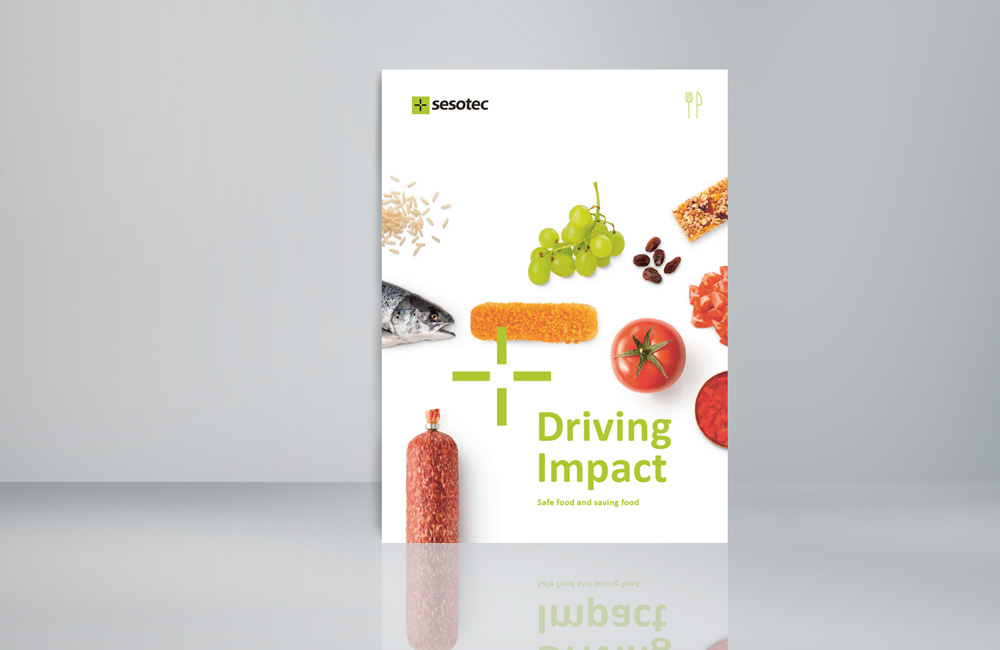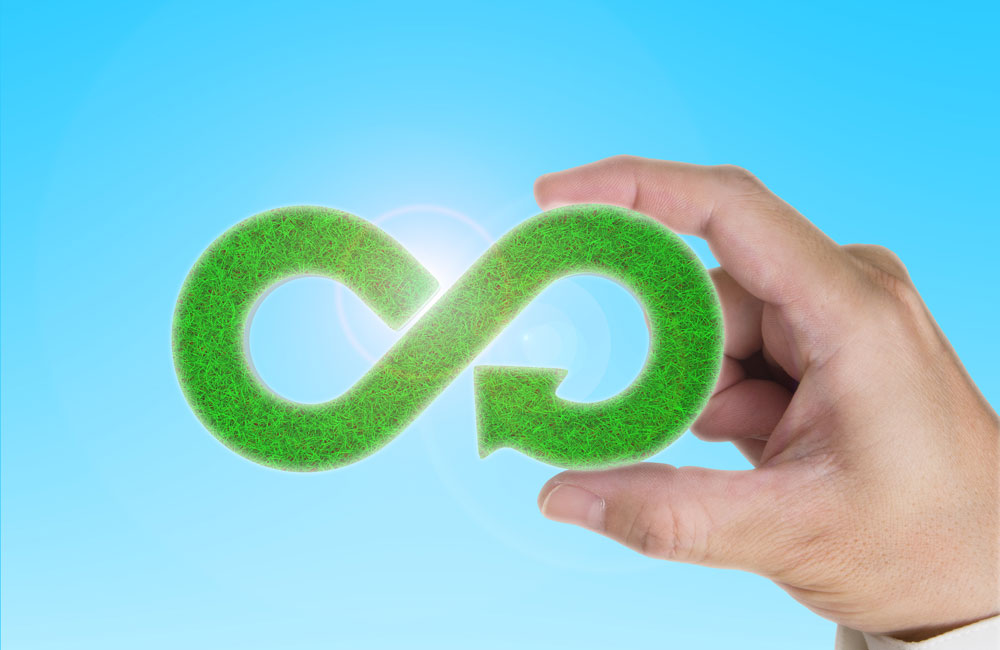

Armed vessels can put up a fight, but don’t expect much in the way of victory in the early turns of the game against these vastly superior foes. Non-combat ships, such as colony ships, construction ships and freighter fleets, are automatically eliminated without resistance. With the limited sensor technology of early vessels, attacks can occur seemingly from nowhere and almost always result in the loss of ships. Ranging from small pirate fleets to devastating Remnant forces, hostile threats come in an assortment of shapes and sizes that are sure to be every explorer’s nightmare. Setting aside fuel and, of course, the presence of other empires, there remains one obstacle that stands in the way of early eXploration: hostile threats.

Later, these wormhole entry/exit points can become of high strategic importance as you wage war with other empires across the galaxy and need to move your fleets long distances through otherwise hostile territory. Traversing through as many wormholes as possible will often result in discovering other empires more quickly than conventional space travel, which can be important in establishing lucrative trade routes – a significant credit boost in the early game. One of my favorite features, wormholes allow instant travel from an entry point to an unknown exit point. The pace of eXploration in StarDrive 2 is fast, in large part due to utilization of wormholes. Travel outside of this area and your ships will gradually use up their fuel supplies until, upon depletion, they are forced to crawl at an intergalactic space slug’s pace back to your nearest system. A colored outline on the strategy map, the main interface through which the galaxy is viewed, depicts both your empire’s area of control and the territory within which your ships are able to be refueled. You are provided with an exploration vessel and a colony ship with which you will branch out into the surrounding systems. What I do know, however, is that this is a review of StarDrive 2 and, regardless of your experience with its predecessor, I ask you take the time to consider both StarDrive 2’s merits and its flaws as a 4X game that stands on its own.ĮXplore: Your galactic voyage begins from your homeworld, a planet aptly suited to the particulars of your species. Some of those complaints may well be justified. I’ve never played the original StarDrive, nor am I overly familiar with the complaints levied against Zero Sum Games beyond only a passing knowledge. Reaching out to the stars is as noble a cause as any, but it soon turns out that the galaxy is a less than friendly place and you’ll be damned if you’ll let those other space-faring species get the better of you.īefore we explore the facets of the title further, it’s time we address the giant space amoeba in the room. This new focus on galactic expansion is made possible by the discovery (or re-discovery in some cases) of the powerful StarDrive technology, allowing for faster-than-light travel. With the wide-open galaxy ahead, players are tasked with leading their people’s first expedition to stars unknown. StarDrive 2 is a turn-based 4X strategy game in the vein of the Master of Orion series. Ok, back from your slice of cake? I know, I was hungry, too. And what a delightfully delectable cake it is! Because there are increasingly more people living in coastal areas, there are more nutrients entering our coastal waters from wastewater treatment facilities, runoff from land in urban areas during rains, and from farming.Īll of these factors can lead to increased nutrient pollution.I contemplated leaving my review of Zero Sum Games’ StarDrive 2 right there, but the truth is that samurai space bears are only a tiny piece of the icing atop the StarDrive 2 cake. Scientists are most interested in the nutrients that are related to people living in the coastal zone because human-related inputs are much greater than natural inputs. They can occur naturally as a result of weathering of rocks and soil in the watershed and they can also come from the ocean due to mixing of water currents. Nutrients come from a variety of different sources. This, in turn, can kill fish, crabs, oysters, and other aquatic animals. In the process of decay, the oxygen in the water is used up and this leads to low levels of dissolved oxygen in the water. When the algae and seagrass die, they decay. Severe algal growth blocks light that is needed for plants, such as seagrasses, to grow. Excessive amounts of nutrients can lead to more serious problems such as low levels of oxygen dissolved in the water. This process is also known as eutrophication.


 0 kommentar(er)
0 kommentar(er)
